Color is like the heart of art. It’s not just about making things pretty; it’s about communication. Think of it as a language – it can convey messages, express emotions, and even tell stories.
Throughout history, artists have used color in different ways, sometimes as a symbol, sometimes to show social status, and sometimes just to evoke a feeling.
It’s not just about what colors are there, but also where they come from and how they’re used.
So, when you look at a piece of art, pay attention to the colors – they might be saying more than you think.
What is Color in Art?

Color plays a significant role in art, serving as a tool for artists to convey various emotions, moods, and perspectives within their works.
When light reflects off an object and enters our eyes, it creates the sensation of color. Artists skillfully use this phenomenon to bring their creations to life.
Color is one of the seven fundamental elements of art, alongside value, texture, space, line, form, and shape.
These elements serve as the building blocks for artists to create their masterpieces, whether in two-dimensional forms like painting or three-dimensional works like sculpture.
By skillfully employing color, artists can evoke specific feelings, convey depth, and manipulate the viewer’s perspective.
Understanding the properties of color allows artists to effectively communicate their artistic vision and engage audiences on a deeper level.
The 7 Elements of Art

Color is an important part of art. It’s not a rule but a basic part.
You can find more about other parts of art like lines, shapes, and so on by clicking on the links below:
The 7 Principles of Art
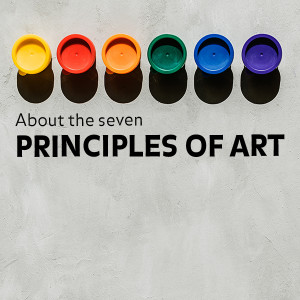
- Balance
- Contrast and Emphasis
- Movement and Rhythm
- Unity and Variety
- Harmony
- Pattern
- Proportions and Scale
Properties of Color in Art
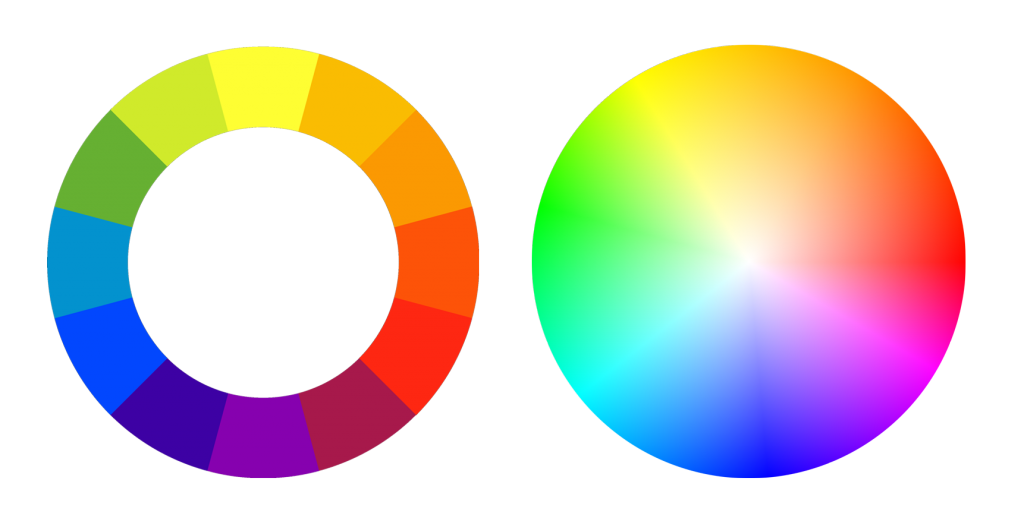
In art, colors have three main properties:
- Hue: This is basically the name of the color itself. Think of it as what you’d call it if you were pointing to it, like red, blue, or yellow.
- Value: This is how light or dark a color is. When you add white to a color, you get a lighter version called a tint. When you add black, you get a darker version called a shade. You can see all the different values of a color on a kind of paint swatch that goes from light to dark.
- Chroma: This is about how pure a color is. High-chroma colors are really bright and intense, while low-chroma colors are more muted and dull.
Why is Color Important in Art?
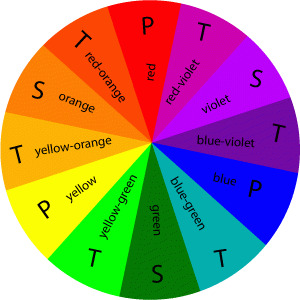
Color is really important in art. Artists use it to show different feelings, talk about what they’re drawing, and set the mood.
Colors can make people feel things because they can bring out strong emotions. Warm colors like yellow, orange, and red can make people feel excited, energetic, or even a little angry.
But cool colors like blue, green, and purple can make people feel calm, sad, or peaceful.
When artists use colors in smart ways, they can make you feel a certain way when you look at their art.
Colors are also cool because they help artists make their drawings look real.
By using different shades of colors, artists can make things look like they have shadows, light, and texture, and they can make things look like they’re closer or farther away.
What Do Colors Symbolize?

In art and life, colors carry meanings beyond just what we see.
Let’s break it down:
- Red: Think of red as extreme – it screams power, passionate love, and adventure. But beware, it can also signal anger and danger.
- Yellow: This one’s all about sunshine and happiness. It symbolizes joy, clarity, and enlightenment. But on the flip side, it can also mean being overly critical or cautious.
- Orange: Orange is like a burst of enthusiasm and creativity. It represents determination and success. Yet, it can come off as a bit abrasive or crass.
- Green: Nature lovers, rejoice! Green embodies life, renewal, and harmony. But watch out for its jealous side, hinting at greed and possessiveness.
- Blue: Picture a calm sea or a clear sky – that’s blue. It symbolizes stability, wisdom, and truth. Yet, it can also signify coldness and sadness.
- Purple: Royalty alert! Purple blends the power of red and the depth of blue, signifying nobility and ambition. But be cautious, it can also hint at decadence and conceit.
A Brief Guide to The Color Wheel
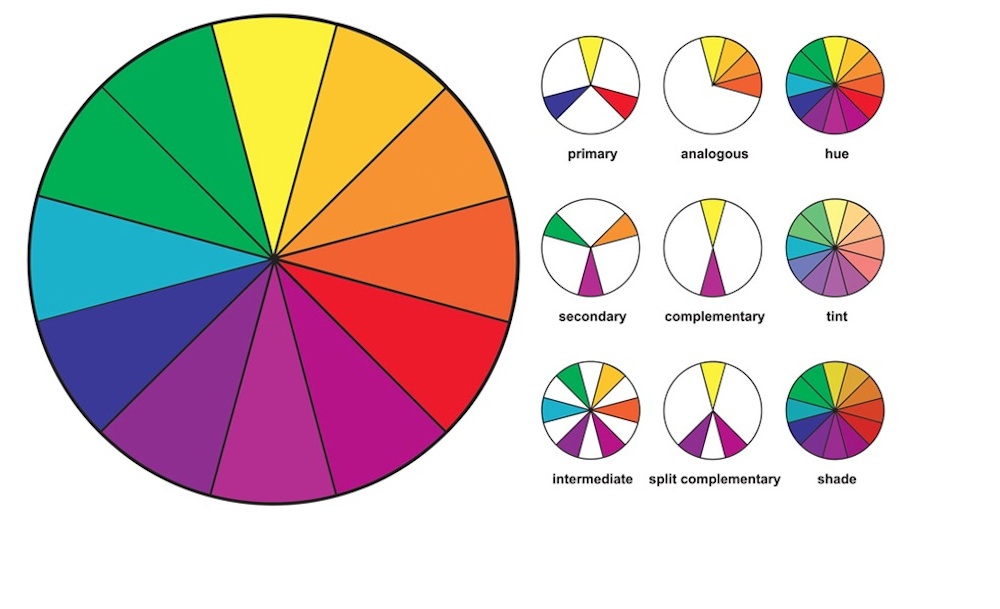
The color wheel is like a circle showing how different colors are related.
Let’s break it down:
- Primary Colors: These are red, yellow, and blue. You can mix them to make lots of other colors.
- Secondary Colors: When you mix two primary colors, you get secondary colors. Like yellow + blue = green, yellow + red = orange, and red + blue = purple.
- Tertiary Colors: These are made by mixing a primary color with a secondary color. Examples include red-purple, red-orange, yellow-orange, yellow-green, blue-green, and blue-purple.
- Complementary Colors: These are opposites on the color wheel, like blue and orange, red and green, or yellow and purple.
- Analogous Colors: These are next to each other on the color wheel. They match well because they share a common hue.
- Warm Colors: Think of reds, oranges, and yellows as warm, cozy colors.
- Cool Colors: Blues, greens, and purples give a cool, calming vibe.
- Monochromatic: This means sticking to different shades or tints of just one color.
- Neutral Colors: Blacks, whites, grays, and beige tones are neutral and can go with almost any other color.
So, the color wheel helps artists and designers pick the right colors to create beautiful combinations!
Color Temperature in Art

Color temperature is like how warm or cool a color looks. Artists use this to show the feeling of a picture.
Claude Monet, a famous painter, used color temperature in his paintings of the Rouen Cathedral. In one painting called “Cathedral at Dawn,” he used cool blue colors.
These dark blues make the painting feel calm. The yellow-orange sky in the painting makes it look like sunrise is starting.
In another painting of the same cathedral but during sunset, Monet used warm yellow-orange colors. He also added a bit of yellow-green to show shadows from the sunlight.
Tips For Using Colors in Your Art

Here are some easy tips for using colors in your art:
- Think about the feeling you want to show: If you want your art to feel happy and bright, use colors like yellow and orange. For a sad or serious mood, use darker colors like black and grey. You can also mix colors to create different feelings. For example, mixing purple and pink can make things feel magical, while mixing blue and green can create a calm feeling.
- Create a color plan: Once you know the mood you want, choose colors that match that mood. Make a small version of your art with these colors to see if they look good together before you start painting.
- Use colors that stand out: Using colors that are very different from each other can make your art look strong and interesting. For example, using colors that are opposite each other on the color wheel can make your main color pop.
- Mix warm and cool colors: Mixing warm colors (like red, orange, and yellow) with cool colors (like blue, green, and purple) can make your art look more lively and deep. Warm colors can make things look closer and lively, while cool colors can make things look far away and calm.
- Experiment and have fun: Try different color combinations and see what you like. There are no strict rules, so let your imagination guide you. You can also assign specific colors to characters or feelings in your art, like filmmakers do in movies.
Conclusion
Color in art is much more than just making things look pretty – it’s a powerful way for artists to express emotions, tell stories, and share important messages about society. Throughout history, artists have used the language of color very purposefully in their work.
From early thinkers like Aristotle to scientists like Isaac Newton, our understanding of color has grown over time into the principles of color theory.
Knowing about hue, value, and chroma gives artists the ability to use color effectively to create compelling compositions that engage viewers on multiple levels.
So next time you look at a work of art, appreciate the colors used – they may convey stories and sentiments beyond what you initially see.
In artistic creation, each color contributes to a vibrant dialogue between the artist and audience, inviting us to explore the infinite shades of human experience.

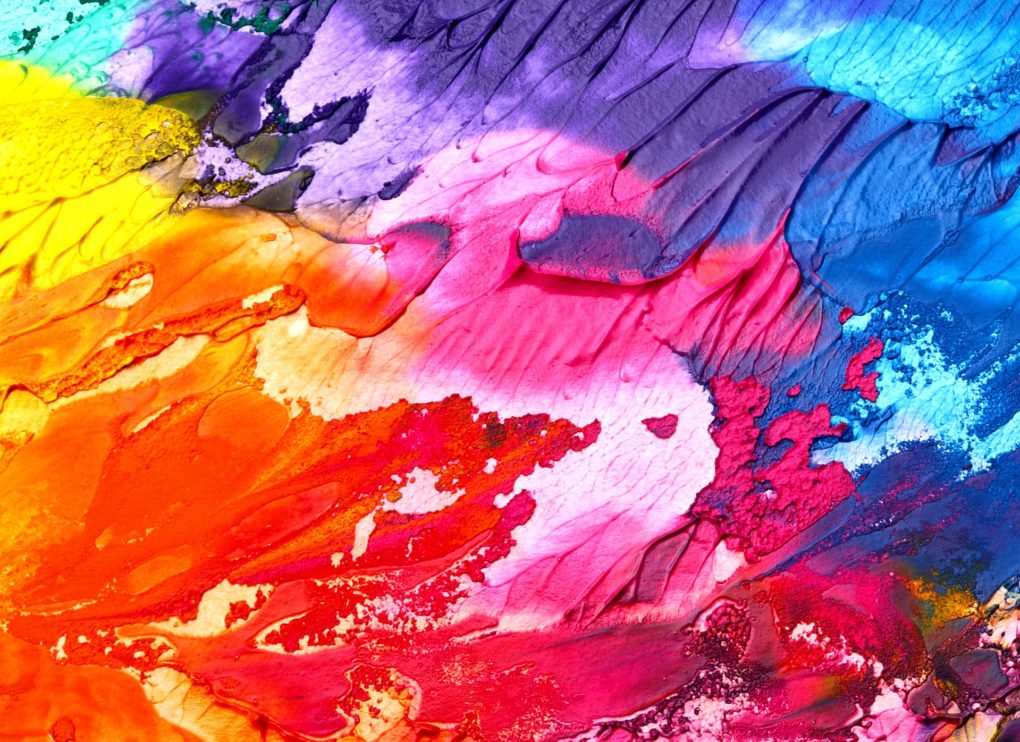
Leave a Reply